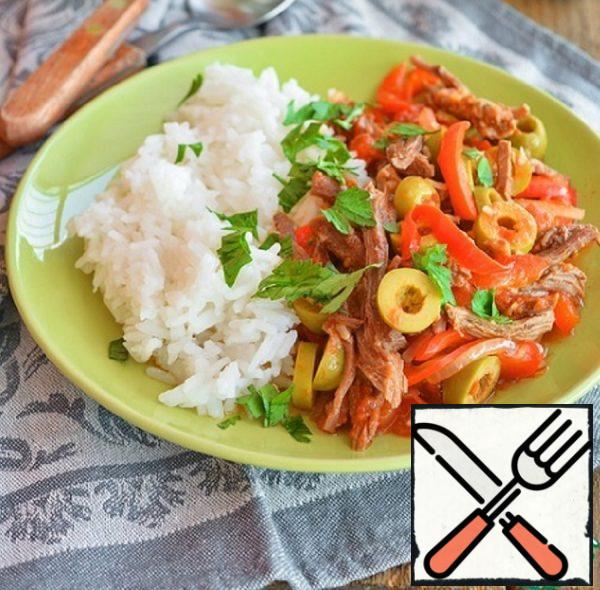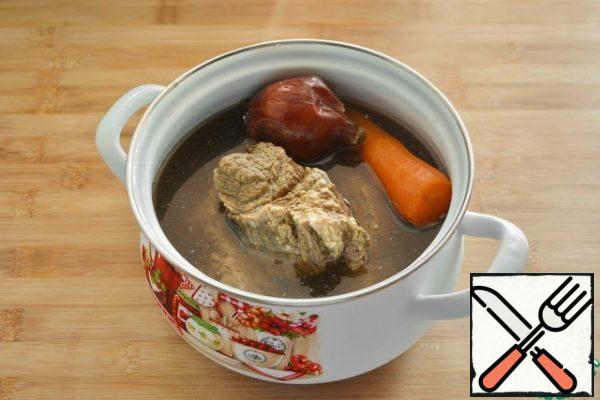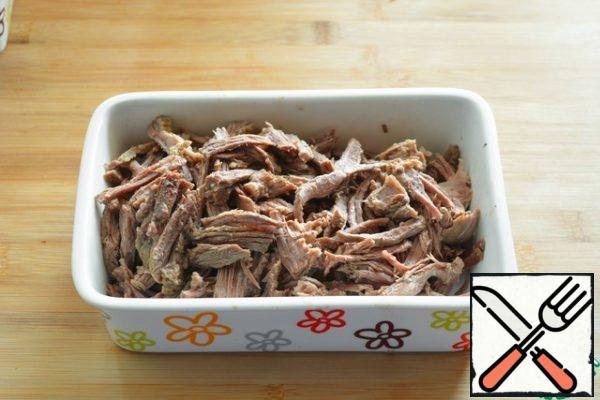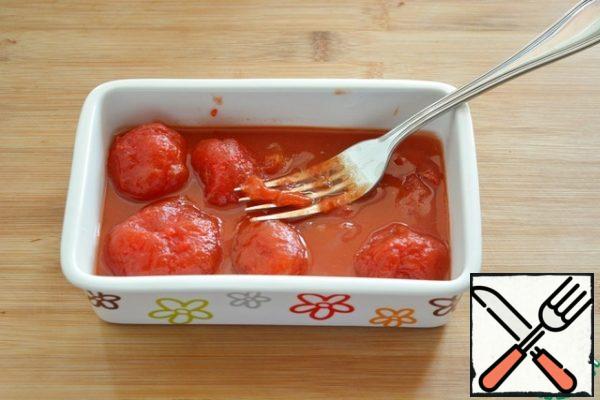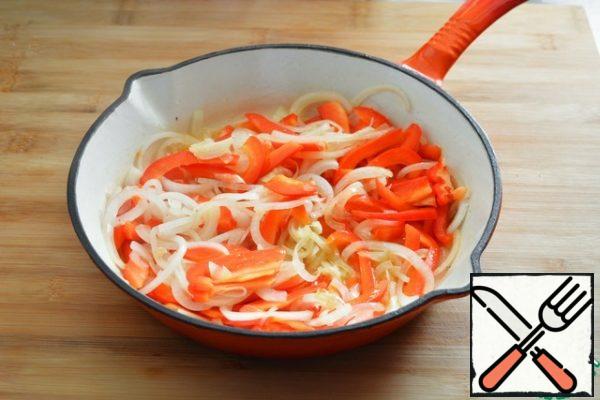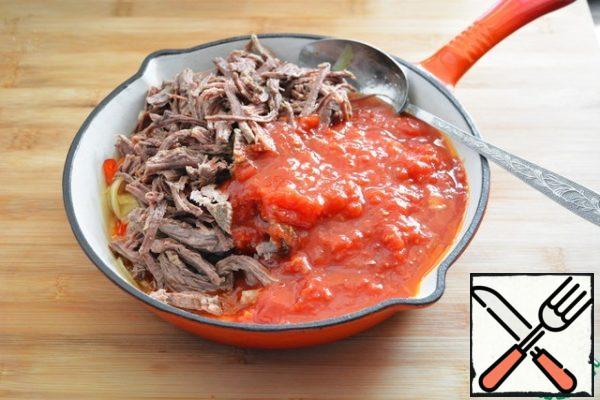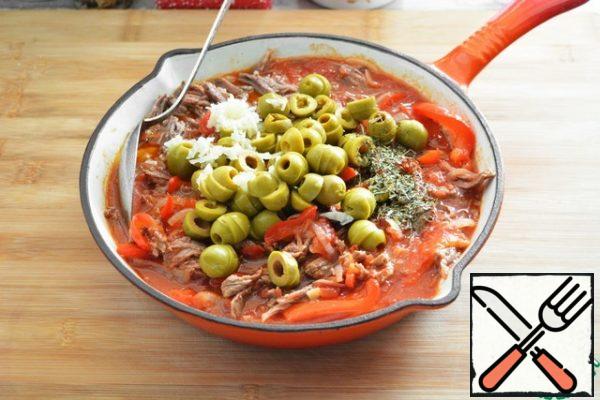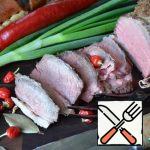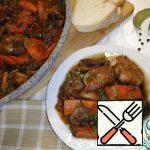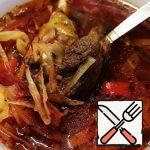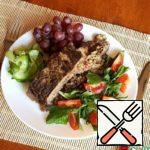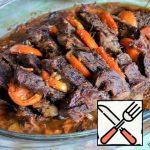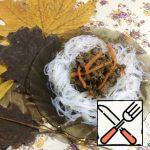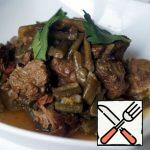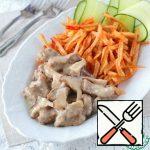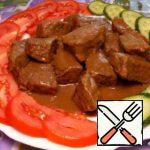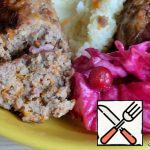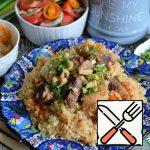Ropa vieja-in translation means "old clothes", "torn rags", "rags". This is boiled beef, then disassembled into fibers, in a spicy sauce of tomatoes, onions, sweet peppers and olives. In appearance, the dish resembles torn scraps of bright fabrics, which is why it received such an unusual name.
| Cook Time | 60 minutes |
| Servings |
|
Ingredients
For the preparation of Ropa vieja:
- 800 gram Beef boiled and disassembled into fibers
- 250 ml Broth beef
- 350 gram Tomatoes in own juice
- 200 gram Onion
- 200 gram Sweet pepper you can use different colors
- 150 gram Green olives
- 2 pinches Oregano
- 2 pinches Cumin
- Parsley for serving, to taste
- 3 tablespoons Vegetable oil
- Salt to taste
- Black pepper to taste
Ingredients
For the preparation of Ropa vieja:
|
Instructions
- Initially, this dish was prepared from a flan steak. This is the abdominal part of beef, quite tough, not suitable for frying, but ideal for long boiling. You can take any part of beef, and at the same time, not the most premium. Fill the beef with water, add the onion in the husk, carrots, bay leaves and pepper peas. Bring to a boil, remove the foam, add salt and reduce the heat to a minimum. Boil the beef for at least 2 hours, it should become soft and well sorted into fibers.
- Add the sliced olives. Ideally, it should be olives stuffed with pimento pepper, but you can also use ordinary pitted ones. Also add chopped garlic, oregano and chopped cumin. Add salt and sugar to taste. Simmer all 5 minutes and remove from the heat. Ropa vieja is served with boiled crumbly long-grain rice. Sometimes, as an addition to rice, stewed black beans, fried bananas and lime slices are added. When serving, the dish can be sprinkled with parsley or coriander.
- The history of Ropa Vieja goes back to the Middle Ages. It was then that it appeared among the Spanish Jews. And this dish was prepared with the addition of stewed chickpeas. So, having arisen in Spain around the XII century, Ropa vieja, along with colonization, began to spread around the world. First, this dish got to the Canary Islands, and then to Cuba. It was in Cuba that it became world famous. The Cubans brought their own flavor to it, supplemented it with their own ingredients. There are a lot of options for Ropa Vieja in Cuba. It is prepared with the addition of olives, capers and even green peas or without them at all. Some housewives add bacon to it, others jalapeno pepper or celery. Every Cuban hostess has her own "torn rags".
